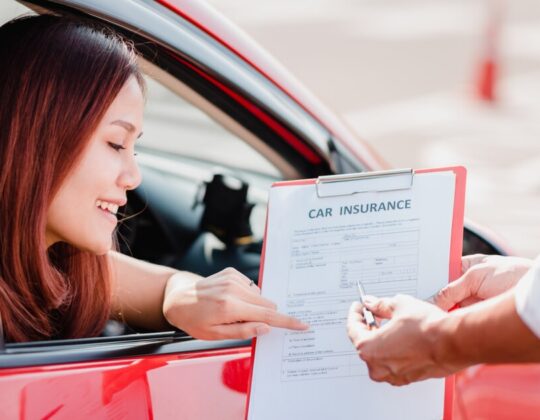Many of us find ourselves in situations where we need to borrow a friend’s or family member’s car for a variety of reasons, whether it’s for a quick errand, a road trip, or simply to get around. But what happens if you get into an accident while driving someone else’s car? Will your car insurance cover you? In this article, we’ll explore the complexities of car insurance coverage when driving someone else’s car, helping you understand your rights, responsibilities, and potential liabilities in such scenarios.
Understanding Standard Car Insurance Policies:
Before delving into the specifics of coverage when driving someone else’s car, it’s essential to understand the basics of standard car insurance policies. Most car insurance policies provide coverage for the vehicle listed on the policy, as well as the policyholder (the person named on the policy) and any additional drivers explicitly listed on the policy.
Key components of a standard car insurance policy include:
- Liability Coverage: This provides financial protection if you cause an accident that results in injury or property damage to others. Liability coverage typically includes bodily injury liability and property damage liability.
- Collision Coverage: This covers damage to your vehicle resulting from collisions with other vehicles or objects, regardless of fault.
- Comprehensive Coverage: This protects your vehicle against non-collision incidents such as theft, vandalism, fire, or weather-related damage.
- Personal Injury Protection (PIP) or Medical Payments Coverage: This covers medical expenses for you and your passengers in the event of an accident, regardless of fault.
Coverage When Driving Someone Else’s Car:
In general, car insurance coverage extends to the vehicle, not the driver. This means that if you’re driving someone else’s car and get into an accident, the car owner’s insurance policy is typically the primary source of coverage for any damages or injuries resulting from the accident.
However, there are some exceptions and nuances to consider:
- Permissive Use: Many car insurance policies include provisions for permissive use, which means that the policy may extend coverage to individuals who have permission from the car owner to drive the vehicle. If you have explicit permission from the car owner to drive their car, their insurance policy may provide coverage for you as a permissive driver.
- Non-Owner Car Insurance: If you frequently drive cars that you don’t own, you may want to consider purchasing non-owner car insurance. This type of policy provides liability coverage when you’re driving someone else’s car and don’t have access to their insurance coverage.
- Exclusions and Limitations: It’s essential to review the car owner’s insurance policy carefully to understand any exclusions or limitations regarding coverage for permissive drivers. Some policies may have specific restrictions on who is covered when driving the insured vehicle.
- Secondary Coverage: In some cases, your own car insurance policy may provide secondary coverage when driving someone else’s car. This means that your insurance policy would kick in to cover any damages or injuries that exceed the limits of the car owner’s policy.
- Rental Cars: If you’re renting a car, your rental car insurance or credit card coverage may provide primary coverage for any damages or injuries resulting from an accident while driving the rental vehicle.
Conclusion:
In summary, car insurance coverage when driving someone else’s car can be complex and nuanced. While the car owner’s insurance policy is typically the primary source of coverage in the event of an accident, there are exceptions and considerations to keep in mind. It’s essential to communicate with the car owner and review their insurance policy to understand the extent of coverage and any potential exclusions or limitations. Additionally, if you frequently drive cars that you don’t own, you may want to consider purchasing non-owner car insurance to ensure that you’re adequately protected in all driving scenarios. By understanding your rights, responsibilities, and potential liabilities when driving someone else’s car, you can navigate these situations with confidence and peace of mind.










